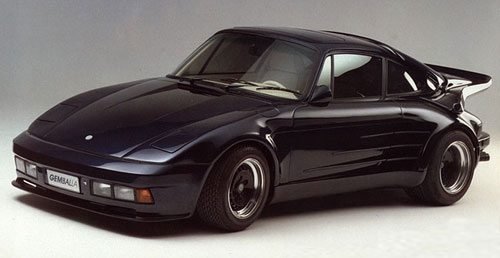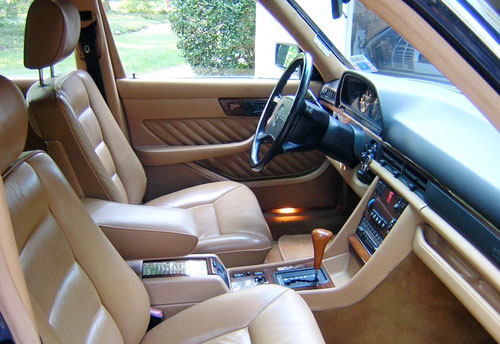Styling Misfires:
The Mercedes-Benz R-Class

Here’s yet another case of an automaker anticipating a trend that failed to materialize.
In the wake of the ’90s and early ’00s SUV boom, a raft of concept cars emerged of the “crossover” type, ostensible missing links between the car and the SUV, neither here nor there. Inevitably, some of these trickled into production, like the Chrysler Pacifica, Lincoln MKT and today’s subject, the Mercedes R-Class.
Arriving on our shores for the ’06 model year, the R-Class was among the first generation of crossovers, attempting to combine the interior space of a minivan with the cachet and more rugged image of an SUV. It was RWD and available with a number of engines, from a 3.0l, 190 hp V6 in the base model all the way up to the 6.2l, 500 hp V8 fitted to the AMG-tuned variant.

The R-Class’s sales never met Mercedes’ expectations, selling only around half of the automaker’s yearly goal here in the US. The company offered a number of excuses for the poor reception, such a perceived lack of fuel economy, market saturation and lackluster promotion.
The truth, I think, is a bit more simple: The R-Class is just an ugly car. Between the oddly upright headlights, jutting grille and bloated profile, it’s anything but a looker.
But not only is it unattractive, it’s ambiguous as well, a flaw traceable to its attempted all-things-to-all-people crossover nature. The anticipated market segment never really took hold; as it turns out, people seem to want cars that “know what they are,” so to speak, with a stronger sense of identity than the a stylistic and functional mashup like a crossover.
It’s ironic that the need for conviction in a design was lost on Mercedes when they developed the R-Class, since the very same automaker single-handedly created the “4-door coupe” niche with the bold, distinctive and confident first-generation CLS. You’d think they would have internalized the lessons from the CLS’s breakout, but the R-Class soldiers on into its very own second generation. With any luck, there will be a mercy killing before too long.
Editor’s note: This post is part of an ongoing series wherein I discuss unsuccessful cars whose styling was their overlooked (or denied) Achilles heel. Read the other installments here:













